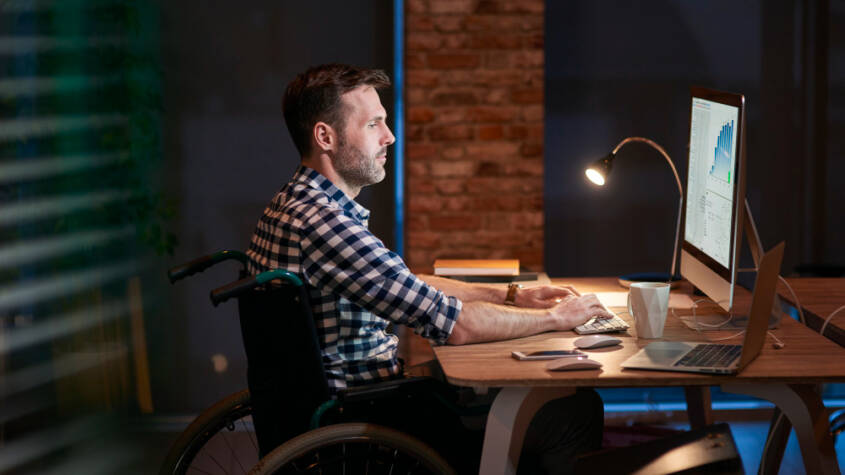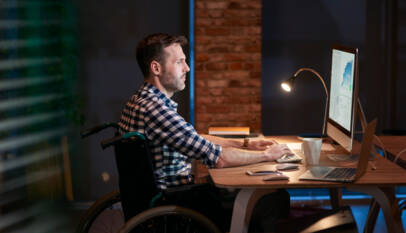Unique Accessibility Solutions Transforming Inclusive Design in 2025
Unique accessibility solutions address the specific needs of individuals with disabilities by going beyond standard compliance measures. These solutions often combine technology, design, and innovation to create environments and tools that adapt seamlessly to diverse challenges.
The key to truly effective accessibility is customization—solutions tailored to individual requirements improve usability and independence significantly. This approach moves past one-size-fits-all methods, ensuring that accessibility is inclusive and practical in real-world situations.
By exploring examples like adaptive devices, smart home integrations, and creative architectural designs, the article highlights how unique accessibility solutions can transform everyday experiences for many people.
Innovative Accessibility Technologies
Advancements in technology have created new opportunities to improve accessibility for individuals with various needs. These innovations target physical challenges as well as barriers posed by digital environments.
Assistive Devices for Physical Disabilities
Assistive devices now include smart wheelchairs with terrain adaptation and obstacle detection, enhancing mobility and safety. Prosthetic limbs have integrated sensors that allow more precise control through muscle signals or brain-computer interfaces.
Voice-activated controls and eye-tracking systems enable users with limited hand mobility to operate computers and household appliances. Adaptive keyboards, switches, and joysticks provide customization based on specific motor abilities.
Key features:
- Real-time environmental feedback
- Customizable input methods
- Integration with smart home systems
These devices improve independence and offer users more control over daily activities.
Digital Accessibility Tools and Platforms
Screen readers and magnification software allow visually impaired users to access digital content efficiently. Tools like speech-to-text enhance communication for individuals with speech or motor impairments.
AI-driven captioning and sign language avatars improve access to video and multimedia content. Platforms increasingly follow WCAG (Web Content Accessibility Guidelines) to ensure compatibility with various assistive technologies.
Important aspects include:
- Automated content adaptation
- Cross-device accessibility
- User-friendly interface customizations
These tools make digital environments more navigable and inclusive for people with diverse accessibility needs.
Designing Inclusive Environments
Creating environments accessible to all requires attention to physical spaces and transportation systems. Both must accommodate diverse needs through thoughtful design and technology integration.
Adaptive Architecture and Urban Planning
Adaptive architecture incorporates features like ramps, wider doorways, and adjustable fixtures to ensure usability for people with varying mobility levels. Urban planning involves designing sidewalks with tactile paving and curb cuts for wheelchair users and individuals with visual impairments.
Technologies such as smart sensors and automated doors improve building accessibility. Public spaces should also have clear signage in both visual and braille formats.
Key design elements include:
- Non-slip flooring materials
- Lowered service counters
- Audible signals at pedestrian crossings
Together, these features reduce barriers and promote autonomy.
Accessible Transportation Solutions
Accessible transportation includes vehicles and infrastructure that accommodate mobility devices and sensory needs. Buses and trains often have low floors, priority seating, and audio-visual announcements.
Infrastructure improvements involve:
- Ramps and lifts at stations
- Tactile guide paths for navigation
- Clear, contrasting signage
Innovations like app-based scheduling and real-time service updates enhance usability for individuals with disabilities. Accessible transportation is critical for independence and equal participation in community life.
Finding the Right Travel Agency Near Me – The Vacation Masters
When it comes to planning a vacation, one of the first searches travelers make is, “Which …













